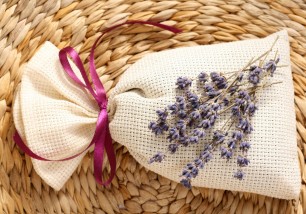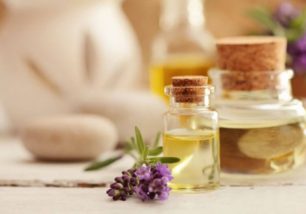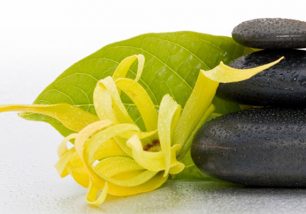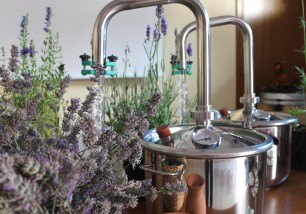FENNEL
BOTANICAL NAME:Foeniculum vulgare Mill.
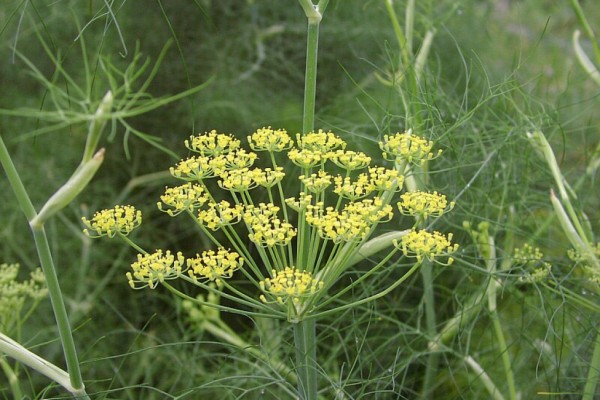
PLANT DATA
| Common Name: | Fennel |
| Botanical Name: | Foeniculum vulgare Mill. |
| Family: | Apiaceae |
| Origin: | Mediterranean area |
| Other names: | ES: Hinojo FR: Fenouil DE: Fenchel |
Latest tag
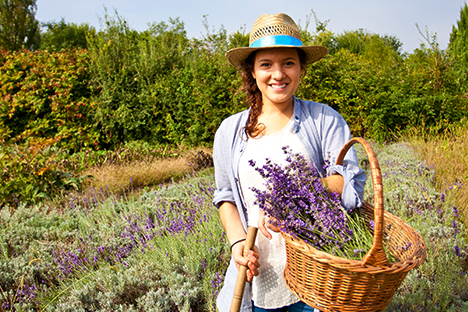

An herbaceous species, generally biennial, but of which the annual varieties are cultivated. It has a taproot, erect stem, grows to heights of up to two meters at flowering. The leaves are pinnatisect, dissected with the ultimate segments filiform. The flowers are gathered in the apex of the stem in umbel inflorescences, each umbel having 20-50 little flowers. The fruit is a small, dry, hairless seed.
OTHER SPECIES:
There are numerous species or botanical varieties that belong to the Foeniculum genus whose classification is not very clear. Generally, there are two types of fennel:
- Foeniculum vulgare var. amara: wild variety, also named strong or bitter fennel, possible to find wild or cultivated.
- Foeniculum vulgare var. dulce: sweet variety that has a smell similar to anise and is always found cultivated.
Another botanical variety, known as the Florence variety, is Foeniculum vulgare var. azoricum. It is a smaller plant, commonly cultivated in the Mediterranean area as a horticultural plant intended for fresh consumption. The essential oil that is extracted from this variety seems devoid of fenchone, a molecule characteristic of the essential oil of this plant.
ESSENTIAL OIL
The essential oil is extracted from the fruits through steam distillation. If bitter fennel is used the essential oil is obtained from the pressed fruits or from the whole plant, while if the sweet variety is used the essential oil is obtain only from the pressed fruits.
The essential oil from sweet fennel is principally made up of anethole, while bitter fennel has a higher content of fenchone. This can give the oil a markedly camphorated smell, so it is good to not have higher than 10-12% in the essence, otherwise it would result in a lower acceptability of the oil.
TINCTURE
A tincture is prepared by macerating the dry fruit in a 65-proof hydro alcoholic solution.
Climate and soil:
Present as a spontaneous plant in the Mediterranean area, fennel prefers mild climates. Even though it is moderately resistant to cold, the climate needs to be warm for an optimal quality. Fennel has a taproot, so it grows well in deep and medium textured soils.
Planting and propagation:
The most common method is direct sowing in the field, in March/April, with a density of 10 plants/mq. It is also possible to sow in the greenhouse and then transplant, but this procedure is very expensive and only used for very small areas.
Crop duration:
The cultivation has annual or biennial duration and its growth cycle normally goes from February/March to late Summer. Fennel varieties with a short growth cycle are preferred.
Cultivation care:
The cultivation needs about 100-120 kg /ha of phosphorous and potassium and a total of 60-70 kg/ha of nitrogen. This total amount of nitrogen needs to be divided and spread in 2 or 3 different fertilizings.
A careful control of infesting weeds with mechanical weeding is needed in early stages of the cultivation. Since fennel is also an horticultural species, there are some registered herbicides which can be used against infesting weeds.
Fennel does not require a lot of water. Emergency irrigation can be useful in Spring and Summer, depending on the climate conditions.
Harversing:
The umbrellas are harvested in late Summer, when the umbrella of the main stem becomes brownish.
The product is considered to be of a better quality if the fruits (seeds) are still quite greenish, so special attention should be paid to this aspect while harvesting. Green fruits can be obtained if the climate is warm and they dry quickly on the plant, while in milder climates the fruits dry more slowly and their color tends to become more brownish.
Part of the plant used:
Dried fruits, erroneously called “seeds”
Properties and uses:
Fennel fruits have always been known for their carminative properties and used against dyspepsia, bloating and gastrointestinal tract spasms. They are also used in pediatric subjects to treat similar conditions. The plant can improve digestive processes in general, by stimulating gastric secretion and motility and salivary and biliary secretion.
Aqueous extracts have shown to have spasmolytic effects on the intestine. This explains why laxative herbal teas containing antraquinonic drugs often include fennel, since it is effective in reducing the excessive spasm that these drugs may cause.
Fennel seeds stimulate the activity of the cilia of the of the bronchial mucosa epithelium, promoting expectoration. Essential oil also exhibits antibacterial properties.
Fennel is traditionally used for increasing lactation, possibly because of its estrogenic activity. It is widely used in herbal teas as a taste enhancer.
According to Leclerc (1976) the whole plant is highly diuretic, especially when fresh.
Fennel is also used in the food industry, as a food dressing and in the liqueur industry (anisetta).
